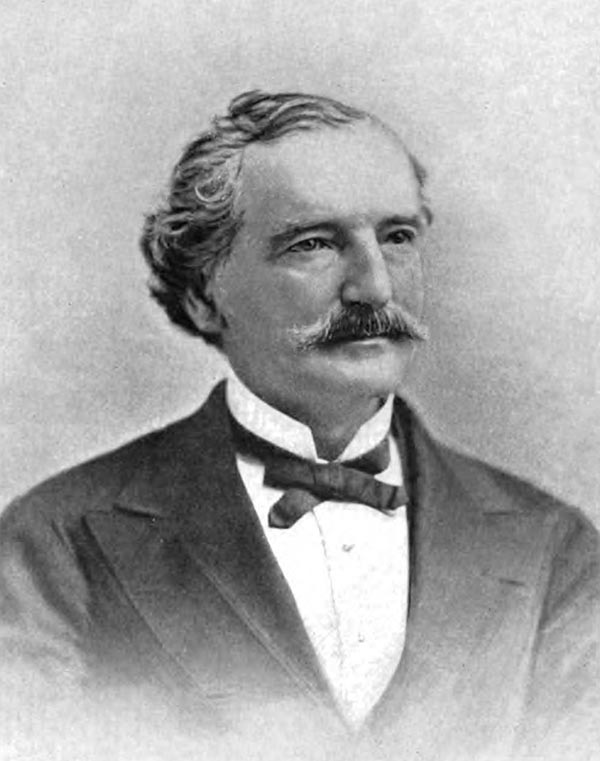Gardner Quincy Colton (1814 - 1898) is best known as an innovator in the field of dentistry, namely for being an early and vocal proponent of the use of laughing gas (nitrous oxide) as an anesthetic. However, he led a much more colorful and variegated life than this simple fact might suggest. Born in Vermont, Colton initially worked odd jobs, including as a chairmaker, married and had one child, who sadly died at a young age. In 1842, he came to New York and studied with the renowned surgeon Willard Parker at the Crosby Street College of Physicians and Surgeons. During his medical studies, he became interested in the potential use of nitrous oxide as an anesthetic and began to travel the country giving demonstrations of its effects, administering the gas to members of the audience. As was common for the time, Colton was as much as showman as a medical man, and his audiences were enthralled by the amusing effects of the gas more so than its potential anesthetic properties. But he did attract the interest of some dentists and physicians, including Horace Wells, and Colton is credited with overseeing what may have been the first use of nitrous oxide as an anesthetic in a dental procedure, when one of Wells' teeth was extracted in 1844. In the following years, he pursued other scientific interests, including the telegraph (he befriended Samuel Morse) and electric motors (one of his models now sits in the Smithsonian). In 1849, he moved to California to join his brother Walter, a clergyman, publisher of California's first newspaper, The Californian, and the Alcade of Monterey, essentially the governor of California. G. Q. Colton sought a fortune in gold mining and in the process also became a justice of the peace in San Francisco, perhaps the first such office holder in California. In this capacity, he began selling lots in the city against the wishes of the town council, which opened legal proceedings against him. Whether undertaken due to a misunderstanding or deliberate skullduggery, Colton's land sales remained a sore issue in the city for years afterwards. For his part, Colton quickly returned to New York with a considerable sum of money, presumably from the land sales, and invested it all in a mining operation in Syracuse, which went bust. Around this time, he became a newspaper journalist and appears to have briefly moved into publishing, including lithographic prints and maps (he was a distant relative of Joseph Hutchins Colton, though it is unclear if this was his path into map publishing), which he looks to have given up in 1861 - 1862 (his autobiographical writings provide little information on this period). At this point, he returned to traveling the country to extol the virtues of nitrous oxide and in 1863 established an office at the Cooper Institute in New York. He eventually became known as the leading authority on the use of nitrous oxide in dental procedures in the city and administered the gas to thousands of patients. He later travelled internationally to further promote the procedure and died on one such trip while in Europe. Colton also dabbled in other fields and lectured widely on topics including chemistry, natural philosophy, and the analysis of Shakespeare from a Christian perspective.


